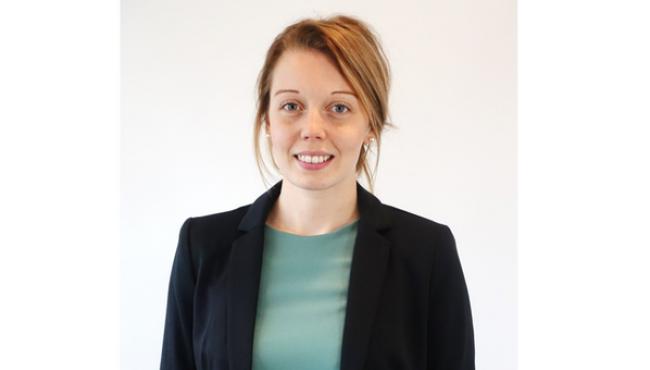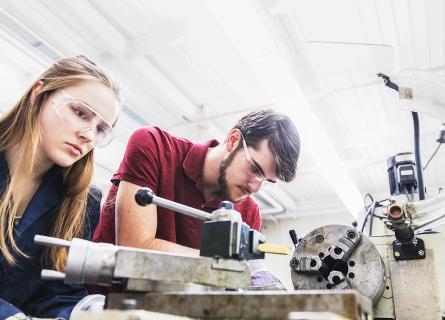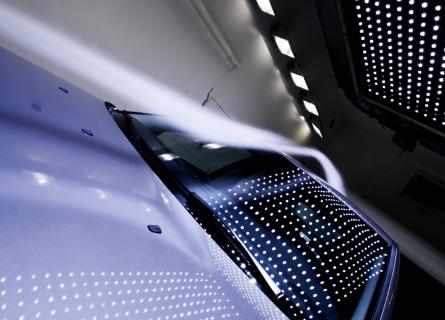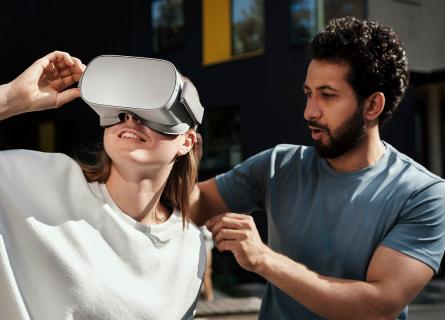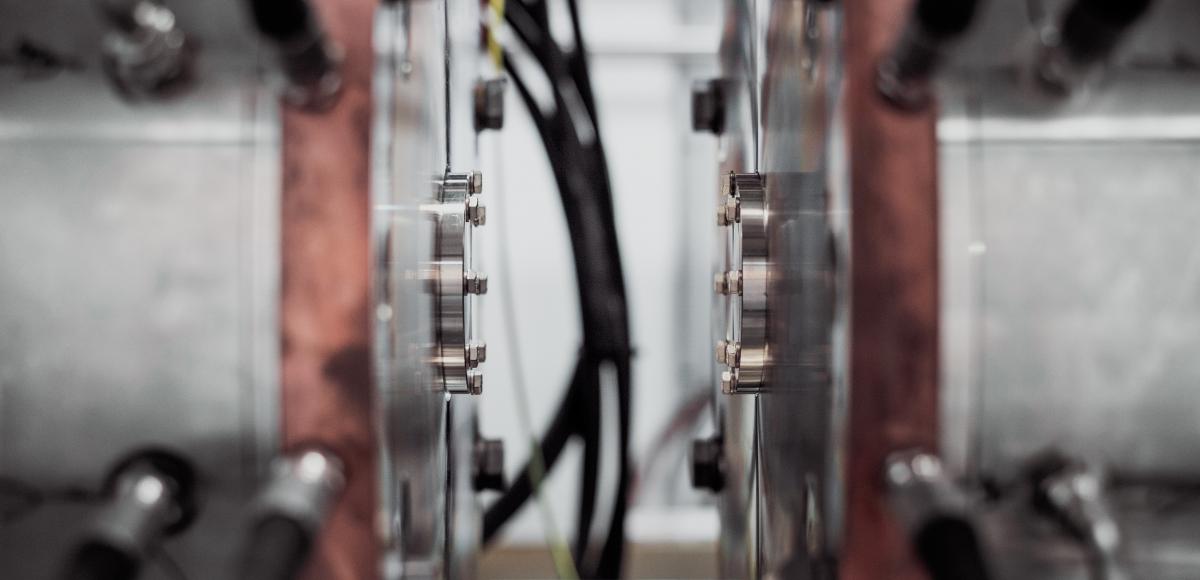
A historic technology upgrade of AFRY’s Test Center
Strengthened competitiveness and increased delivery capacity
AFRY’s Test Center is one of the largest independent test labs for vehicles, machines and other equipment in Sweden. To strengthen both competitiveness and to increase delivery capacity, the Test Center now implements a historic upgrade of the testing lab at Dalarna Science Park in Borlänge.
On September 8, AFRY’s Test Center signed an agreement with MTS Systems, who will deliver a comprehensive equipment package. This means that the Test Center will make the largest investment since operations at the testing lab began in 1988.
The equipment is at the absolute technology front and consists of both electronic hardware and various software for controlling different testing needs. MTS is a leading global supplier of high-performance test, simulation and measurement systems and sensors.
"Through this investment, we will be able to offer our clients a new and very competitive concept called VPTE, Virtual and Physical Test Efficiency. By combining the cutting-edge competencies in simulation and physical testing, we can provide a unique opportunity that, among other things, makes it possible to shorten the time to market for new products and reduce the cost of prototypes”, says Magnus Skärhem, Manager Test Center.
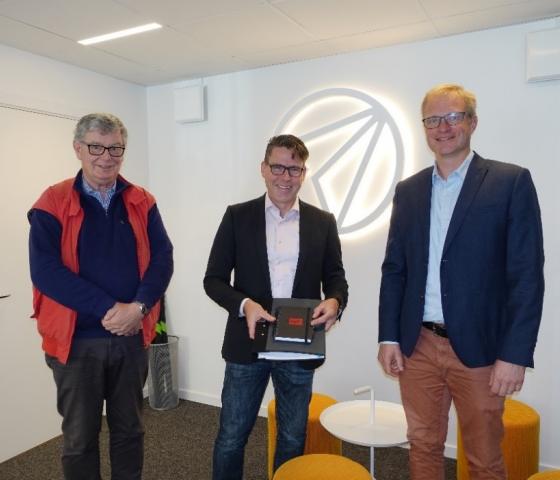
Virtual Testing
AFRY and MTS will also cooperate on virtual testing. For years, MTS has focused on refining the virtual testing approach and AFRY has in the meantime focused on simulation and physical testing. This makes the collaboration between AFRY and MTS a perfect match.
Together, they will carry out a demonstration project with a common key client to evaluate various methodologies. That project will include a virtual test in correlation with actual physical testing. The basic methodology comprises the following steps:
- Connect test rig model with specimen models
- Couple the model with special software
- Reproduce load data on the virtual test rig
- Extract calculated loads
- Create the physical component/subsystem test
